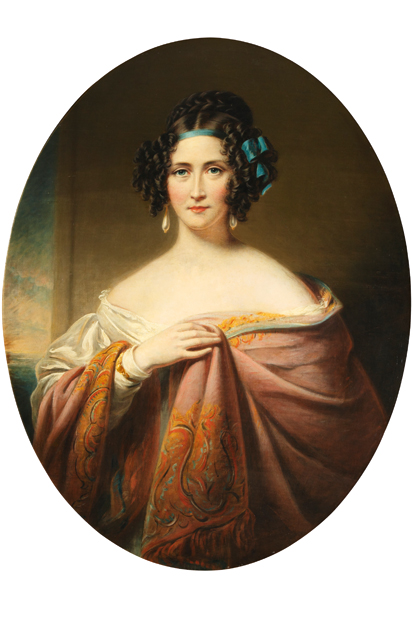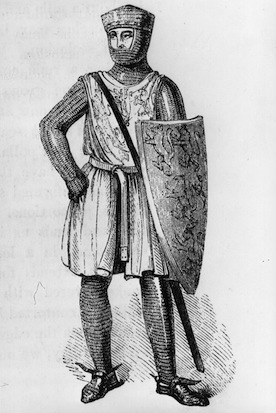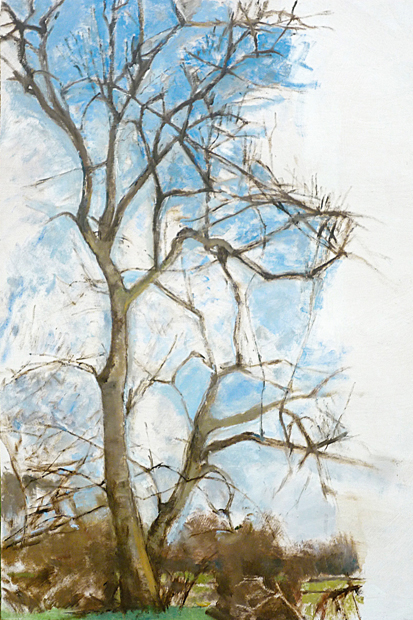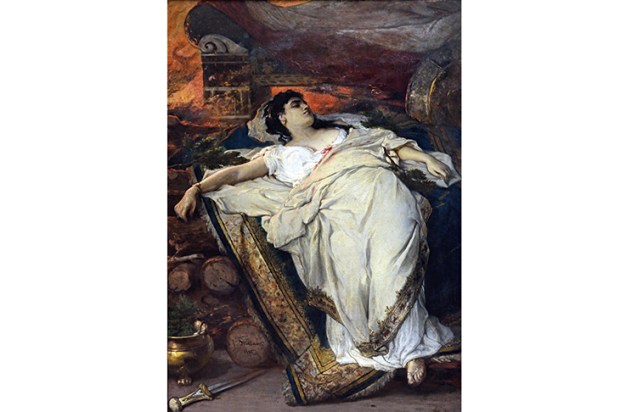Which of us, as an adolescent, did not experience at some point a terrible sense of not belonging? Which of us did not yearn for a door to open into a place entirely elsewhere? At that liminal time in our lives, we constantly search for new thresholds, over which we might find ourselves — or another.
For most of us the door lies in our imaginations; for A.J. Flynn, the hero of Sally Gardner’s striking, elegant new time-travelling novel for young adults, it actually exists, in the unprepossessing environs of the post office centre in Mount Pleasant. A.J. is the heir to a key to a door which leads backwards and forwards from the 19th century to the present; he is also the only person who can lock it. Thus a dilemma is neatly set up: does A.J. continue to allow intercourse between the two times, so that the lost can be found, and those who want to be lost can’t be found? Or does he close the door — and therefore the potential for wonder and riches — for ever.
Two cases of arsenic poisoning, an illicit case of snuffbox smuggling over the temporal borders, and A.J.’s mysterious (and missing) father provide the impetus for the plot, which is as neatly turned as A.J.’s key.
Gardner cleverly juxtaposes social realism, documenting A.J.’s north London milieu — a jagged, sad world of drug dealers, broken families and few hopes — with the fantastical, as fog swirls and A.J. slips through gaps in time itself.
There is no misty-eyed romanticising of the past, as Gardner shows it to be every bit as dark and dangerous as the present. What she does demonstrate, and very well indeed, is that on both sides of the door there are people who don’t quite fit. Move a modern-day teen who is almost a gangster into the past, and he finds hope, and responsibility; a girl, stymied by convention, corsets and etiquette, blossoms when in the millennial city she finds she not only has a voice, but is encouraged to use it.
Gardner’s humane message will resonate with teens everywhere: keep looking for that door, as one day you’ll find it — and maybe, once you’ve gone through, you’ll even want to lock it behind you.
Got something to add? Join the discussion and comment below.
Get 10 issues for just $10
Subscribe to The Spectator Australia today for the next 10 magazine issues, plus full online access, for just $10.
Available from the Spectator Bookshop, £9.89 Tel: 08430 600033. Philip Womack’s books include The Liberators, The Broken Key and The Other Book.
You might disagree with half of it, but you’ll enjoy reading all of it. Try your first month for free, then just $2 a week for the remainder of your first year.














Comments
Don't miss out
Join the conversation with other Spectator Australia readers. Subscribe to leave a comment.
SUBSCRIBEAlready a subscriber? Log in